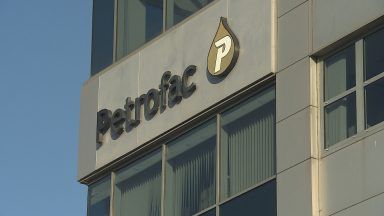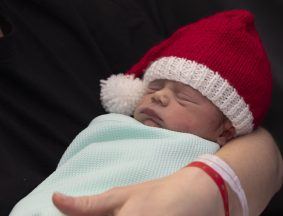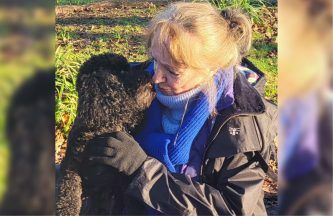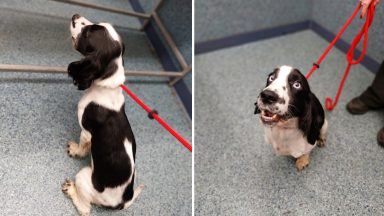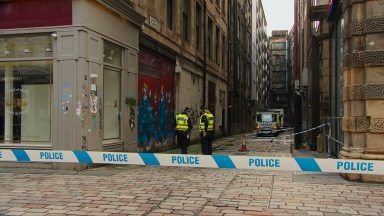Researchers will be able to discover more about the secrets of a Viking-age hoard found in a field after receiving a major grant towards a £1m research project.
National Museums Scotland (NMS) will carry out the three-year project, entitled Unwrapping the Galloway Hoard, in partnership with the University of Glasgow to examine the objects in detail.
The 10th-century treasure trove, which was found by a metal detectorist in a field in Dumfries and Galloway in 2014 and acquired by NMS in 2017, will go on display in an exhibition next year.
The research will involve precise dating of the items and, it is hoped, identification of their places of origin, which are thought to range from Ireland to the Byzantine empire and perhaps beyond.
The Arts and Humanities Research Council has awarded a £791,293 grant for the project, with the remaining cost covered by NMS and the University of Glasgow.
Martin Goldberg, principal curator of medieval archaeology and history at NMS and lead investigator on the project, said: “Most hoards are usually interpreted as buried wealth, with the focus on events surrounding the moment of burial.
“The Galloway Hoard challenges this view and presents a rare opportunity to ask in much more detail about how, and why, people assembled and collected hoards during the Viking age.
“We’ve already discovered a great deal through the conservation work, and people will be able to see that in the forthcoming exhibition.
“However, this research project will enable us to go much further using scientific techniques and international collaboration.”
Susanna Harris, lecturer in archaeology at the University of Glasgow and co-investigator on the project, said as well as the silver familiar with most Viking-age hoards and the much rarer gold, the Galloway collection also features an “unprecedented array” of other materials such as bronze, glass and rock crystal.
There is also the “outstandingly rare preservation of organic materials” such as wood, leather, wool, linen, and silk, she said.
“Many objects are wrapped in textiles, including Scotland’s earliest examples of silk, which could have travelled thousands of miles to reach Scotland,” Ms Harris said.
“These types of wrappings rarely ever survive and are archaeological treasures in their own right.
“The unusual survival of organic material like textiles will allow us to apply a range of scientific techniques that usually aren’t possible for the precious metals that tend to dominate treasure hoards.”
The textiles can be chemically tested for dye to help reconstruct lost colours which have faded over the centuries since burial, or they can be radiocarbon dated to help reconstruct the history of the objects before they were buried.
Ms Harris added: “Unwrapping the hoard, literally and figuratively, is a unique and wonderful opportunity.”
The Galloway Hoard: Viking-age Treasure exhibition will open at the National Museum of Scotland in Edinburgh on February 19, and will then tour to Kirkcudbright Galleries and Aberdeen Art Gallery.
Follow STV News on WhatsApp
Scan the QR code on your mobile device for all the latest news from around the country


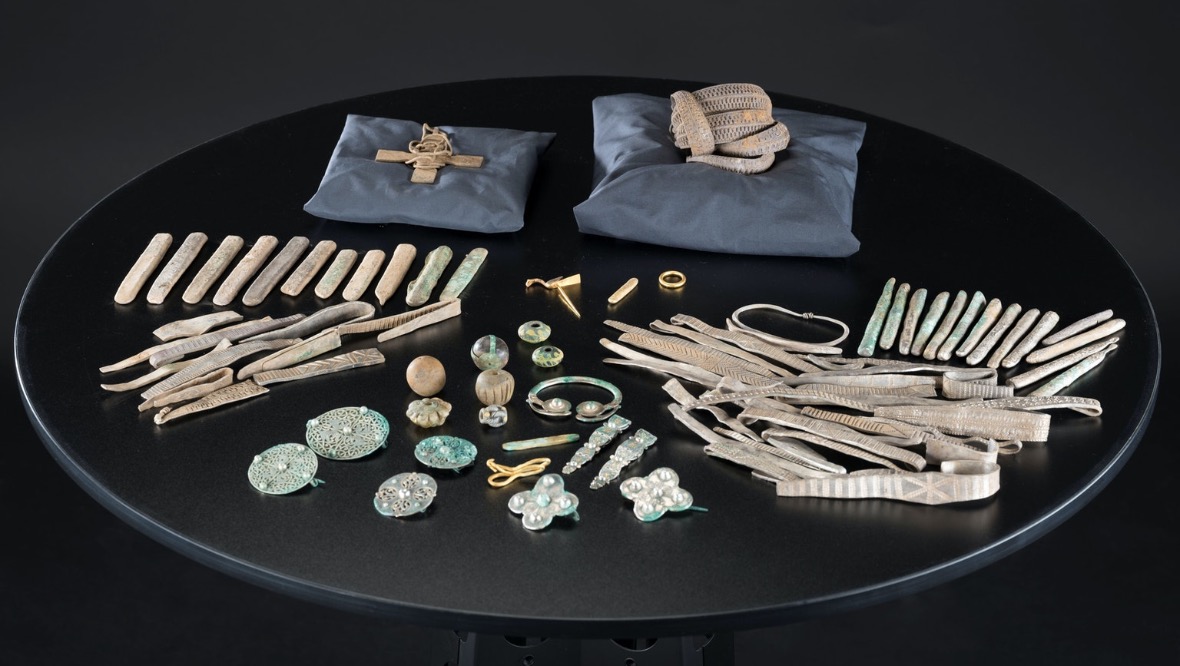 National Museums Scotland
National Museums Scotland

